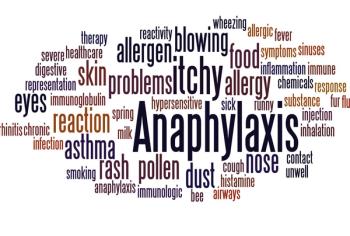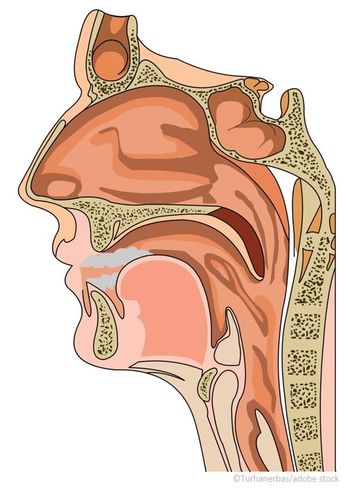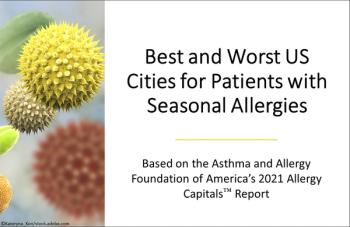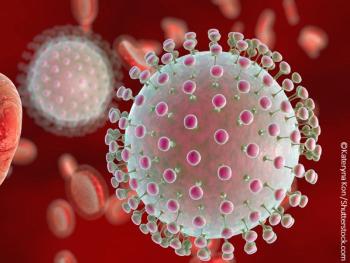
What Works and What's New in Therapy for Ragweed Allergy
Current and emerging treatment options for ragweed-induced rhinoconjunctivitis are the topic of a comprehensive review paper--a good read for all primary care providers.
A new and
There is sound evidence for symptomatic management of allergic rhinoconjunctivis caused by ragweed allergy with an oral third-generation H1-antihistamine and a leukotriene antagonist. Randomized controlled clinical trials have shown topically applied glucocorticoids to be effective. Use of multiple agents is also common. Subcutaneous immunotherapy is currently the cornerstone of causal therapy: the focus is on the major allergen, Amb a 1.
Research into novel approaches focuses on more specific symptomatic treatment and avoidance of side effects during causal therapy. The histamine H3-receptor is a target for unique antihistamines. Adjuvant therapy may include drugs with toll-like receptor 4 activity or the application of the monoclonal anti-immunoglobulin E antibody, omalizumab. There is also work to shift the treatment paradigm toward modification of the immune response itself.
Disclosures:
Ihler F, Canis M.
Newsletter
Enhance your clinical practice with the Patient Care newsletter, offering the latest evidence-based guidelines, diagnostic insights, and treatment strategies for primary care physicians.

















































































































































































































































































